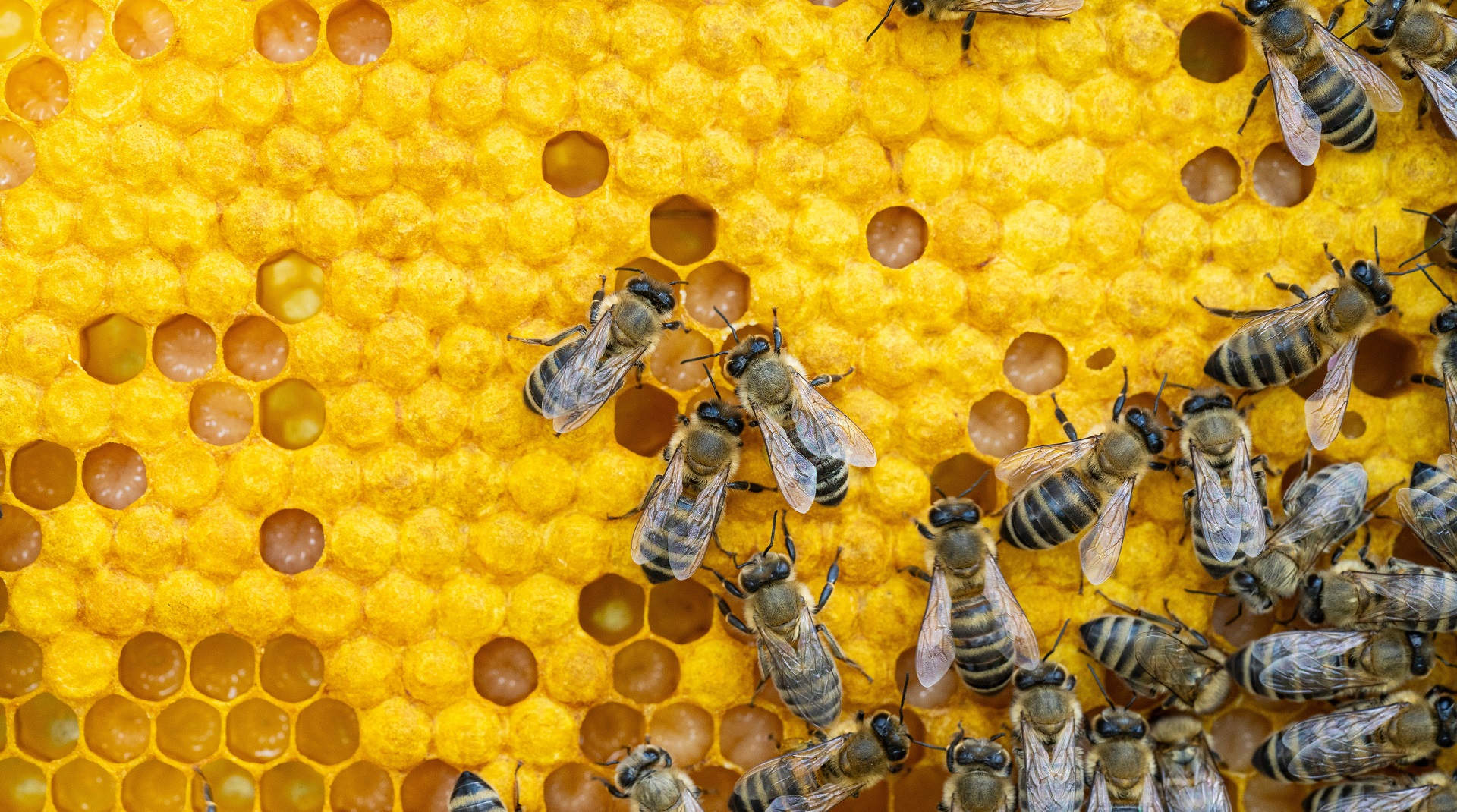Researchers look to nature to pull water from the air›››

Conventional power grids are built for one-way power distribution, but with increased electric vehicle adoption and the addition of solar panels to homes comes challenges with grid stability. That’s why researchers are turning to nature for ideas — namely, the honeybee.
Wangda Zuo, professor of architectural engineering at Penn State University, is heading up a project on the operational expertise of honeybees: How they communicate and adapt to challenges might offer a way to help energy grids handle disruptions and streamline the way energy is distributed.
“Honeybees are masters of coordination,” says Zuo. “Inside a hive, thousands of bees work together sharing food, balancing needs and keeping the colony running smoothly without any central command. That’s exactly the kind of teamwork we need for the future electric grid,” he adds.
The current electric grid operates top-down and everything flows one way, but the team is looking for major change in how this happens so different energy recipients can talk to each other and “share energy directly, much like bees deciding when to feed each other or store honey. This peer-to-peer coordination could make the grid more adaptable and resilient, especially during storms or high-demand periods,” Zuo says.
The project has been funded with a U.S.$1 million award from the U.S. National Science Foundation.
More like this: There’s a new kind of neighborhood watch and it’s the bees knees



